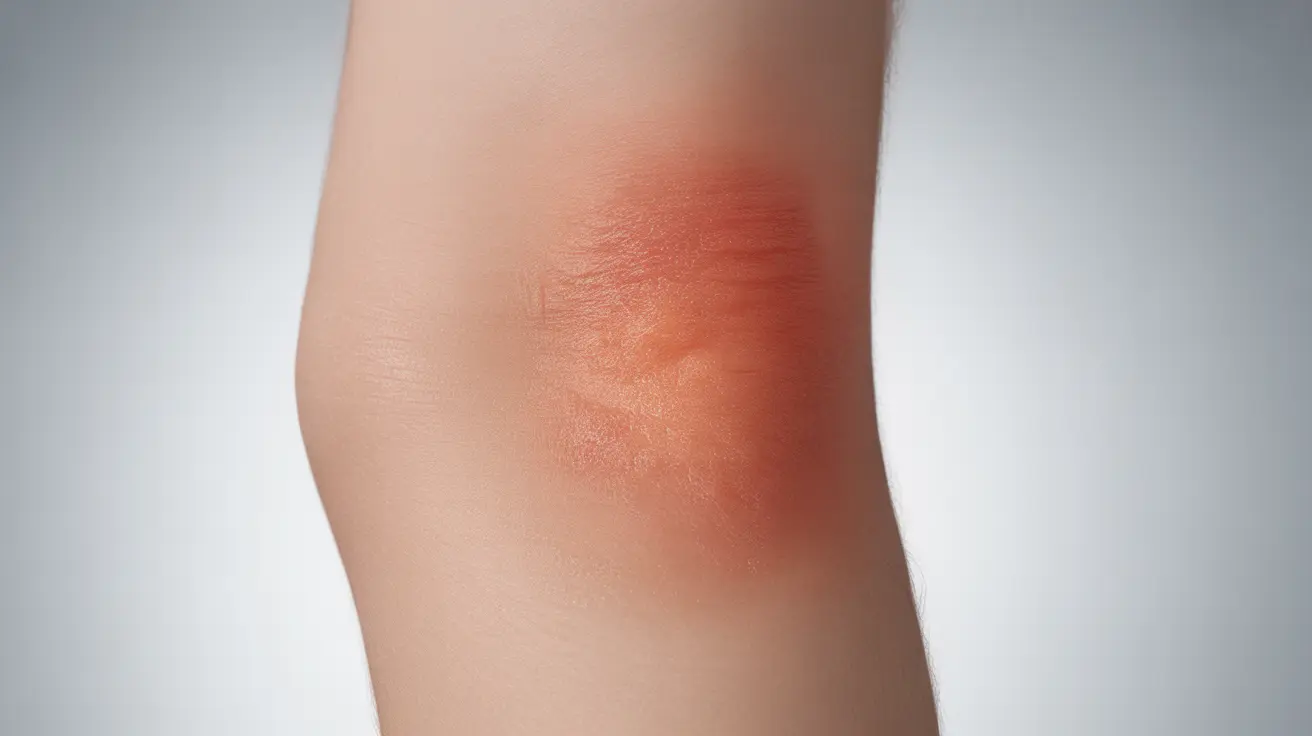A first-degree burn is the mildest form of burn injury, affecting only the outer layer of skin (epidermis). While these burns can be painful and uncomfortable, understanding how to identify and treat them properly can help ensure quick healing and prevent complications. This comprehensive guide will help you recognize, treat, and prevent first-degree burns effectively.
Identifying a First-Degree Burn
First-degree burns have distinct characteristics that set them apart from more severe burns. The affected area typically appears red and may feel warm to the touch. Unlike deeper burns, there's no blistering, and the skin maintains its ability to blanch (turn white) when pressed. The area may be tender and slightly swollen, but the damage is limited to the surface layer.
Immediate Treatment Steps
When you experience a first-degree burn, taking prompt action can help minimize discomfort and promote healing:
- Cool the burn under cool (not cold) running water for 10-20 minutes
- Remove any jewelry or tight items near the burned area
- Clean the area gently with mild soap and water
- Pat the skin dry carefully with a clean towel
Home Care and Recovery
Most first-degree burns can be treated effectively at home with proper care. The following measures can help manage pain and support healing:
Pain Management
Over-the-counter pain relievers like ibuprofen or acetaminophen can help manage discomfort. Avoid applying ice directly to the burn, as this can cause further damage to the sensitive skin.
Topical Treatments
Several safe and effective options can soothe the burned area:
- Aloe vera gel (pure)
- Moisturizing lotions (unscented)
- Over-the-counter antibiotic ointments
- Hydrocortisone cream (1%) for itching
Warning Signs and Medical Attention
While most first-degree burns heal well with home care, certain signs warrant medical attention:
- The burn covers a large area of the body
- Pain worsens after 48 hours
- Signs of infection develop (increased redness, warmth, swelling, or pus)
- The burn affects sensitive areas like face, hands, or joints
Prevention Strategies
Preventing first-degree burns involves being mindful of common hazards and taking appropriate precautions:
- Use appropriate sun protection when outdoors
- Keep hot liquids away from edges of tables and counters
- Install anti-scald devices on faucets and showerheads
- Use pot holders and oven mitts while cooking
- Keep children away from hot surfaces and liquids
Frequently Asked Questions
What does a first-degree burn look and feel like, and how can I tell it apart from more serious burns?
A first-degree burn appears red and feels painful but doesn't blister. The skin remains intact and blanches when pressed. More serious burns show blistering (second-degree) or appear white/charred (third-degree).
What are the best ways to treat a first-degree burn at home to relieve pain and promote healing?
Cool the burn with running water, keep it clean, use over-the-counter pain relievers, and apply appropriate moisturizing products. Avoid breaking any minor blisters that may form and keep the area protected.
When should I see a doctor for a first-degree burn, and what signs might mean it's getting worse?
Seek medical attention if the burn covers a large area, affects sensitive areas, shows signs of infection, or if pain worsens after 48 hours. Increased swelling, warmth, or pus are warning signs.
Can I use aloe vera or over-the-counter creams on a first-degree burn, and are there any home remedies to avoid?
Pure aloe vera gel and over-the-counter antibiotic ointments are safe to use. Avoid butter, oils, ice, or harsh substances that can trap heat or cause further damage.
How can I prevent first-degree burns, especially for children, and what daily safety steps help reduce the risk?
Install safety devices, supervise children around hot items, use appropriate protective gear while cooking, and maintain safe water temperatures. Regular safety checks and awareness of burn risks can significantly reduce accidents.




